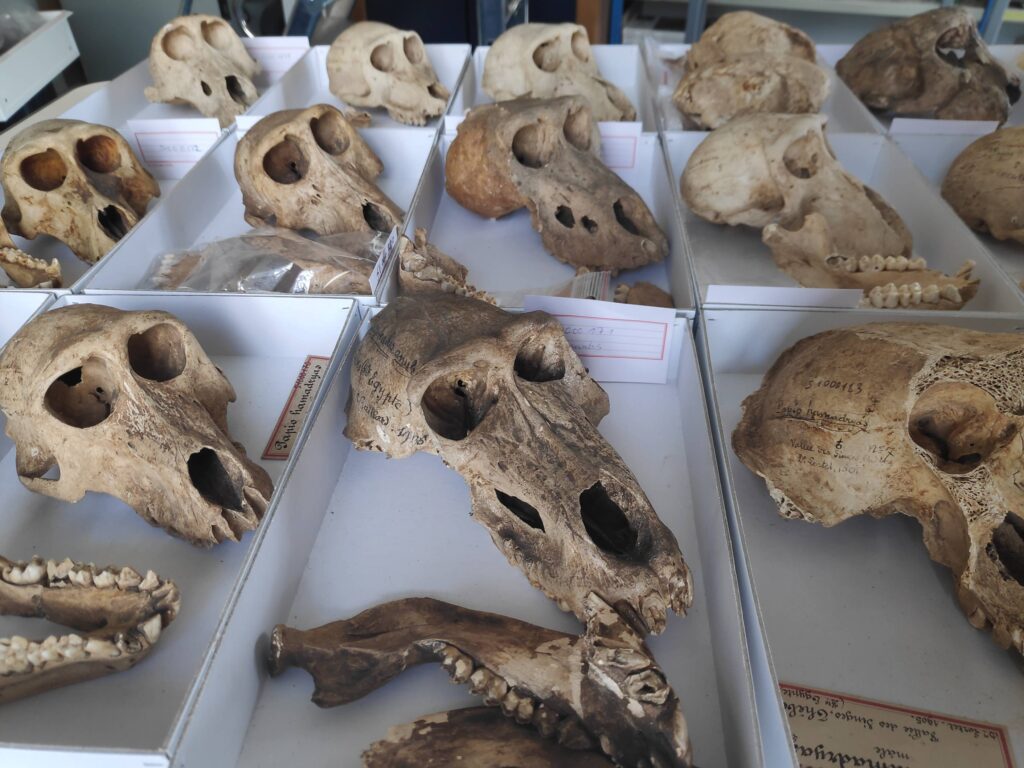Baboons in captivity in Ancient Egypt: insights from the collection of mummies from Gabbanat el-Qurud
Skeletal pathologies in baboons from near Thebes indicate likely poor diet and limited sunlight
Baboons were raised in captivity before being mummified in Ancient Egyptian sites, according to a study published December 6, 2023 in the open-access journal PLoS ONE by Wim Van Neer of the Royal Belgian Institute of Natural Sciences, Belgium and colleagues.
For over a millennium, from the 9th Century BC to the 4th Century AD, ancient Egyptians venerated and mummified various animal species for religious purposes. Included among these animals were baboons, notably species not native to ancient Egypt, and not much is known about how these animals were acquired and kept. In this study, the researchers examined a collection of baboon mummies from the ancient Egyptian site of Gabbanat el-Qurud, the so-called Valley of the Monkeys on the west bank of Luxor.
The team examined skeletal remains representing at least 36 individual baboons of varying ages, dated to between 800-500 BC. Lesions, deformations, and other abnormalities on the bones indicate that most of the baboons suffered from poor nutrition and a lack of sunlight, most likely as a result of being born and raised in captivity. The authors note that similar conditions are seen in baboon remains from two other sites of similar age, Saqqara and Tuna el-Gebel, suggesting a fairly consistent mode of captive keeping in all three sites.
These results provide insights into how baboons were kept and treated in Ancient Egypt before their eventual mummification, although more details remain to be explored. The authors suggest, for example, that further examination of the animals’ teeth could provide more data on the diets they were fed, and if it is possible to extract DNA from these remains, genetic data might reveal information on where the animals were caught in the wild and what breeding practices their keepers were employing.
The authors add: “Life was not easy for Egypt’s sacred baboons. Scientific study shows they suffered from malnutrition and lack of sunlight.”

Bibliographic information:
Van Neer W, Udrescu M, Peters J, De Cupere B, Pasquali S, Porcier S (2023) Palaeopathological and demographic data reveal conditions of keeping of the ancient baboons at Gabbanat el-Qurud (Thebes, Egypt), PLoS ONE 18(12), DOI: e0294934. https://doi.org/10.1371/
Press release from PLoS ONE.



